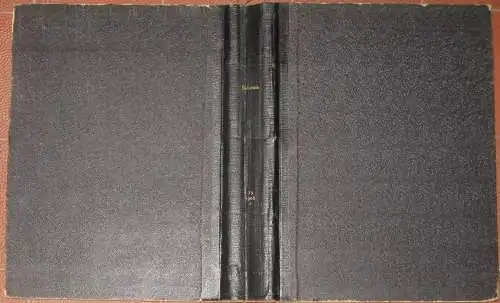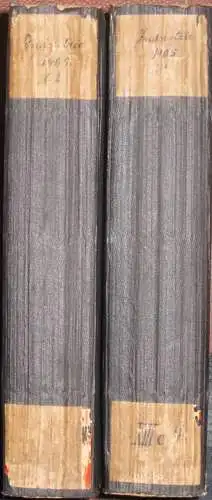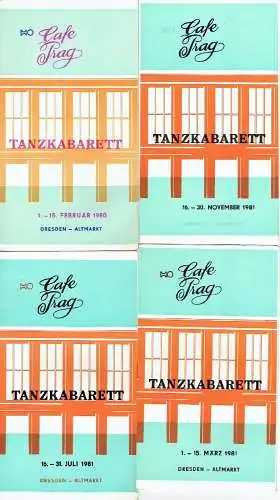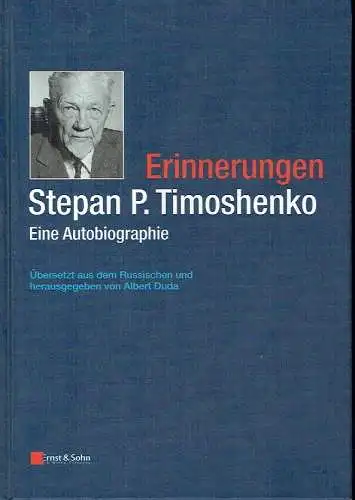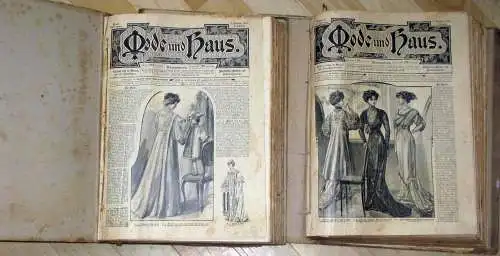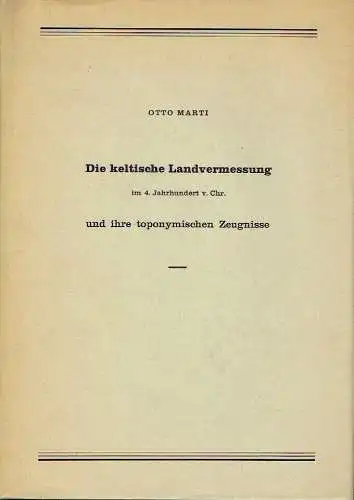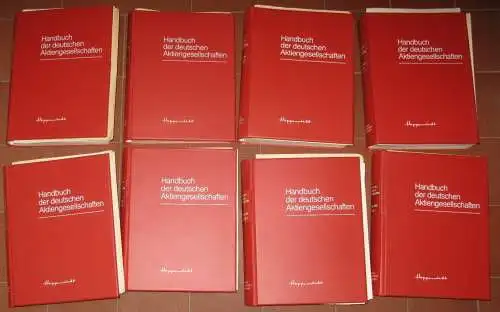Zustand
guter bis sehr guter Zustand, geringe Gebrauchs- und Alterungsspuren: beide Bände mit jeweils am oberen Rand einer Seite angeklebten Notizzettel - aus beiden Bänden wurde jeweils die Vorsatzseite entfernt, Historians have faithfully chronicled most of the changes the automobile has wrought on America and the lives of her people. However, there is one byproduct of the car which is almost always ignored; little mention is ever made of the mountain of literature that has grown up around the motor vehicle. It is hoped that this Guide will help interested persons become better acquainted with that body of literature and more particularly with the holdings thereof in the Detroit Public Library's Automotive History Collection. In 1896 the foundation for the present Automotive History Collection was laid when the Detroit Public Library acquired its first book on the auto. The work was a slight volume by John Henry Knight entitled Notes on Motor Carriages with Hints for Purchasers and Users." In it Knight strongly counseled prospective buyers "to see the machine taken to pieces and put together again before purchasing." Knight's book was augmented by thousands of other automotive titles over the years — in English, German, Chinese, Russian, Spanish, Turkish, and many other tongues. The Library added ephemeral joke books along with weighty tomes on the mathematics of design; tales of the much-travelled Motor Boys and 18th century treatises on steam road carriages; books on the painting, selling, junking and restoring of cars; directives calling attention to the etiquette of driving; the best way to identify stolen vehicles; and the proper attire for an antique car parade or a sports car rally. These and hundreds of other approaches to the subject are highlighted in the section of this Guide devoted to books in the Automotive History Collection. It is well understood by researchers in automotive matters that while books are indispensable tools for certain areas, they are barren sources in others. One could never learn from a book, for instance, that in November of 1900 a 74-year old gentleman named Frank Holmes of Binghamton, N.Y. was engaged in building a 3-cylinder steam carriage for a local dentist or that in 1901, even though no law limiting the speed of automobiles existed in Indianapolis, authorities were arresting motorists through the bicycle scorcher ordinance. The trade journals of the period are usually the sole source for information of that nature. The Library has almost complete runs of most early important European motor magazines. Its holdings of American periodicals begin with the first automotive magazine published in the U.S., Motocycle. This short-lived but extremely valuable magazine appeared in October, 1895, one month before the more successful Horseless Age. As the automobile took hold, the presses seemed determined to provide America with an abundant and varied fare of periodical literature. Many good general trade journals came into being, some of which survived and still flourish today, such as Motor, Motor Age and Automotive Industries. Motoring clubs and later car collectors' associations issued regular publications; societies and institutions released their proceedings and bulletins; car-making companies added to the torrent with innumerable house organs. There have been, and still are, magazines devoted to racing, body design, repair, sales, batteries, lubrication, carburetion, etc. and at least one publication espousing the cause of the pedestrian. Magazines constitute an inseparable part of the literature of the automobile; most of them have been preserved in the Automotive History Collection and will be found listed in the Periodical section of this Guide. The automobile was conceived and born in Europe. When America adopted it there began what one writer has termed a story more romantic than Romeo and Juliet. Here the vigorous young industry spawned hundreds of different makes. Entrepreneurs and backyard mechanics, tinkerers and already successful manufacturers of such diverse products as wagons, farm machinery, bicycles, sewing machines, batteries, violins, pianos, nuts and bolts and even bird cages entered the great American market place with their cars. A select few persevered, and their names are still emblazoned on autos rolling off today's assembly lines. Most, however, soon disappeared. Some succumbed under the weight of poor management. Many expired as the gasoline engine gained ascendancy over steam and electric power. Others were too small or too big; some, we find, existed only in the imagination of scheming promoters whose gilt-edged stock turned worthless overnight. A great number faded quietly into oblivion and the only trace of them today is a brief note buried in a journal of the period.", Leinen, ca. 26,5 x 36, 1091 Seiten
